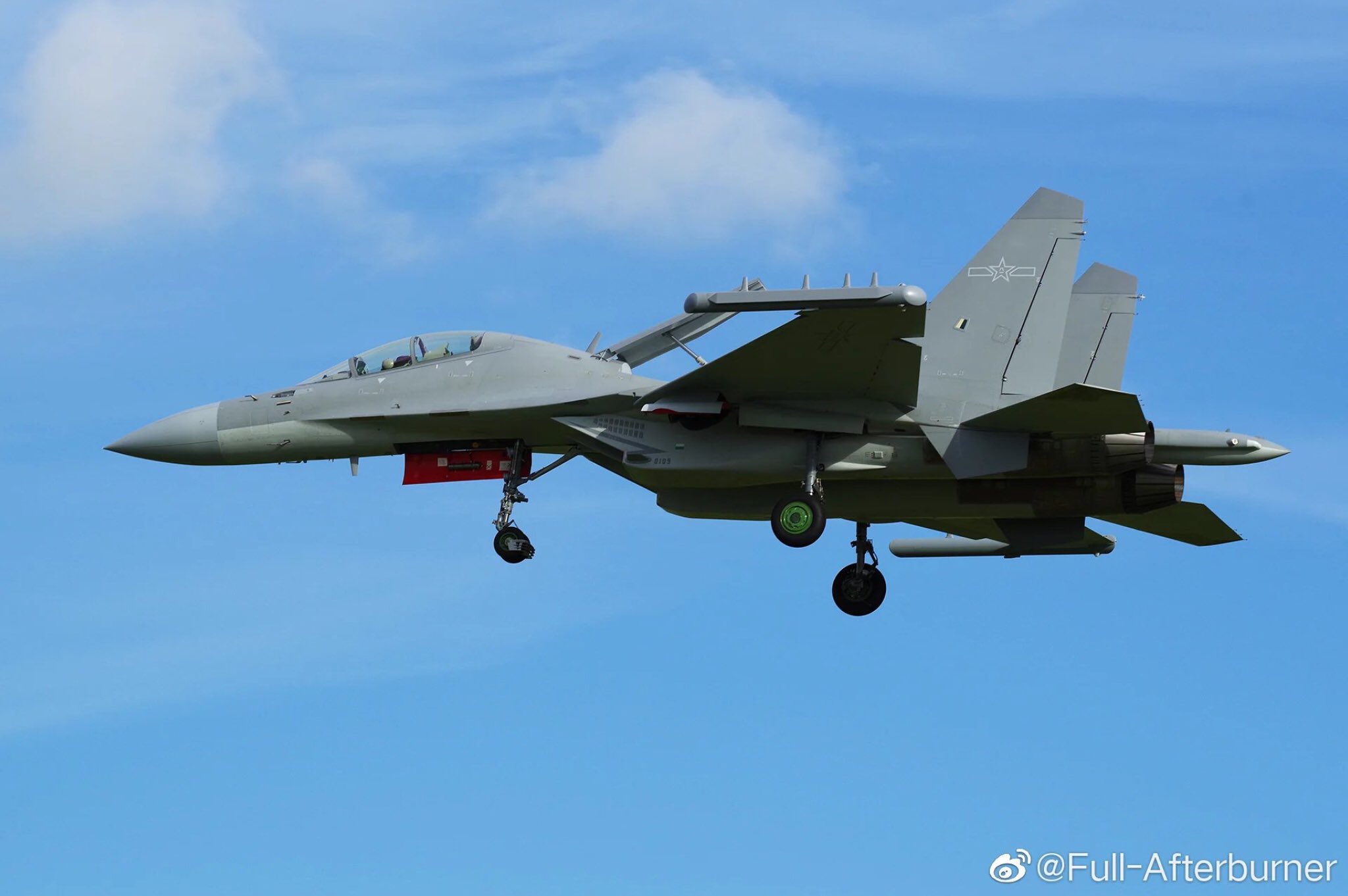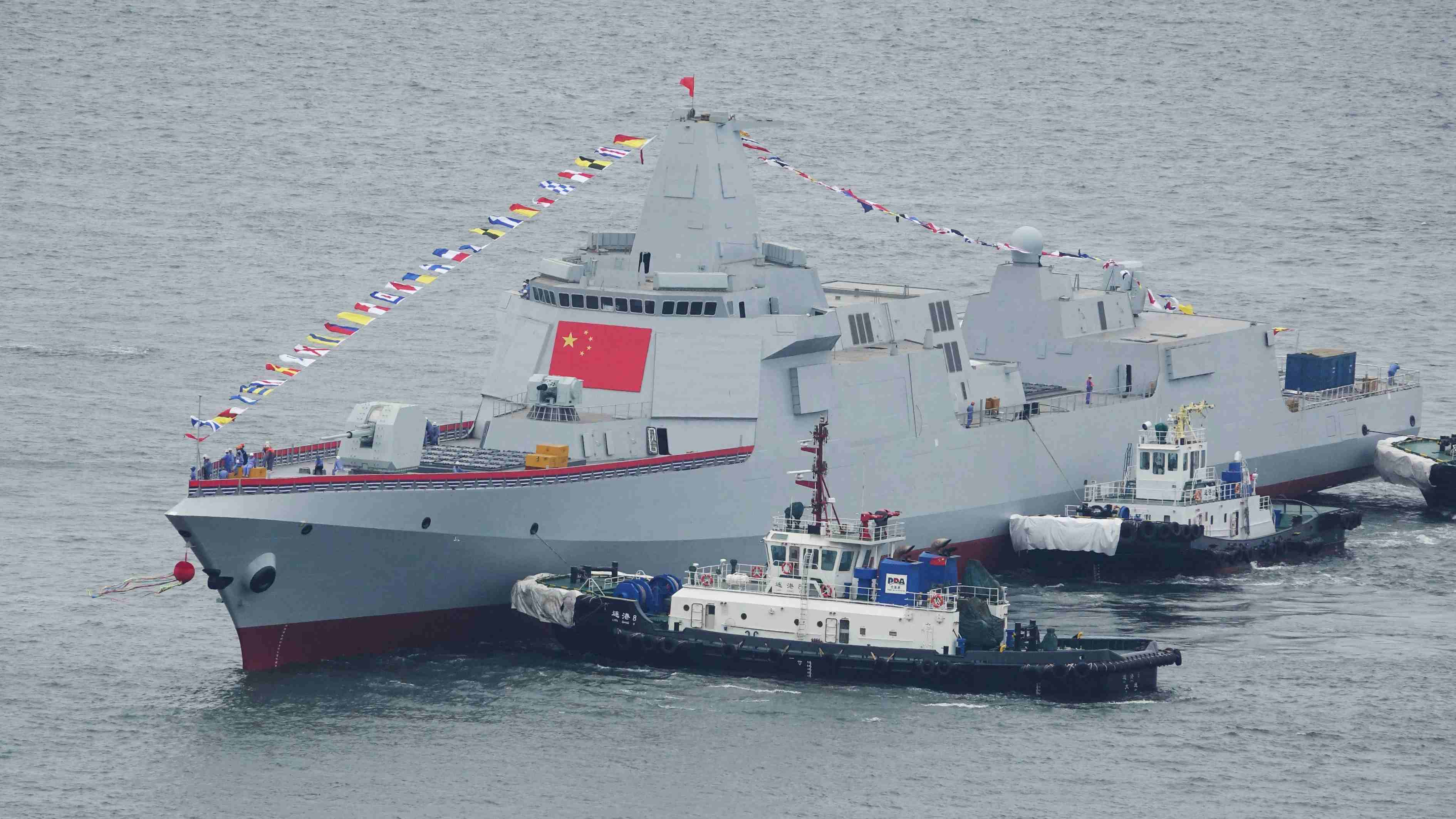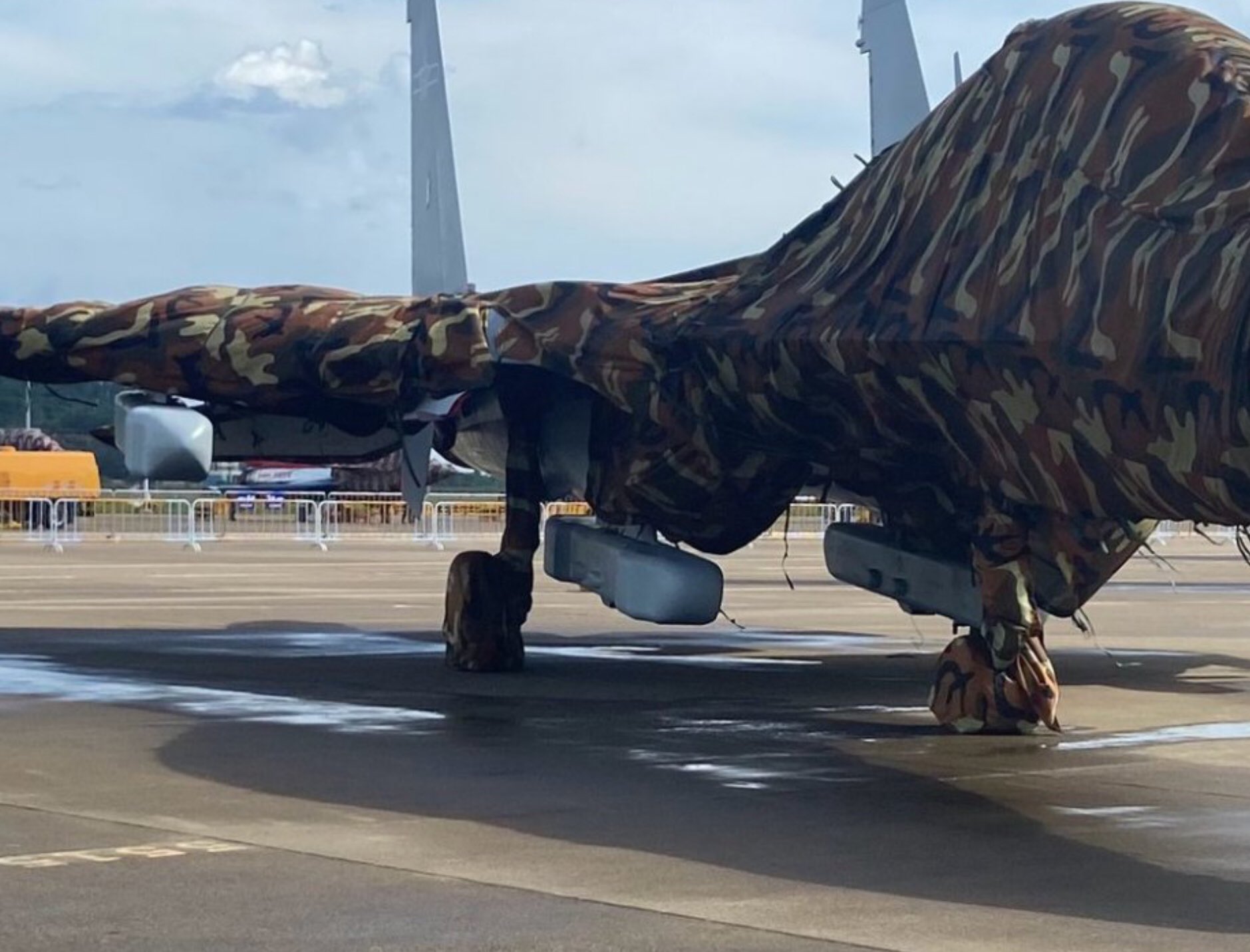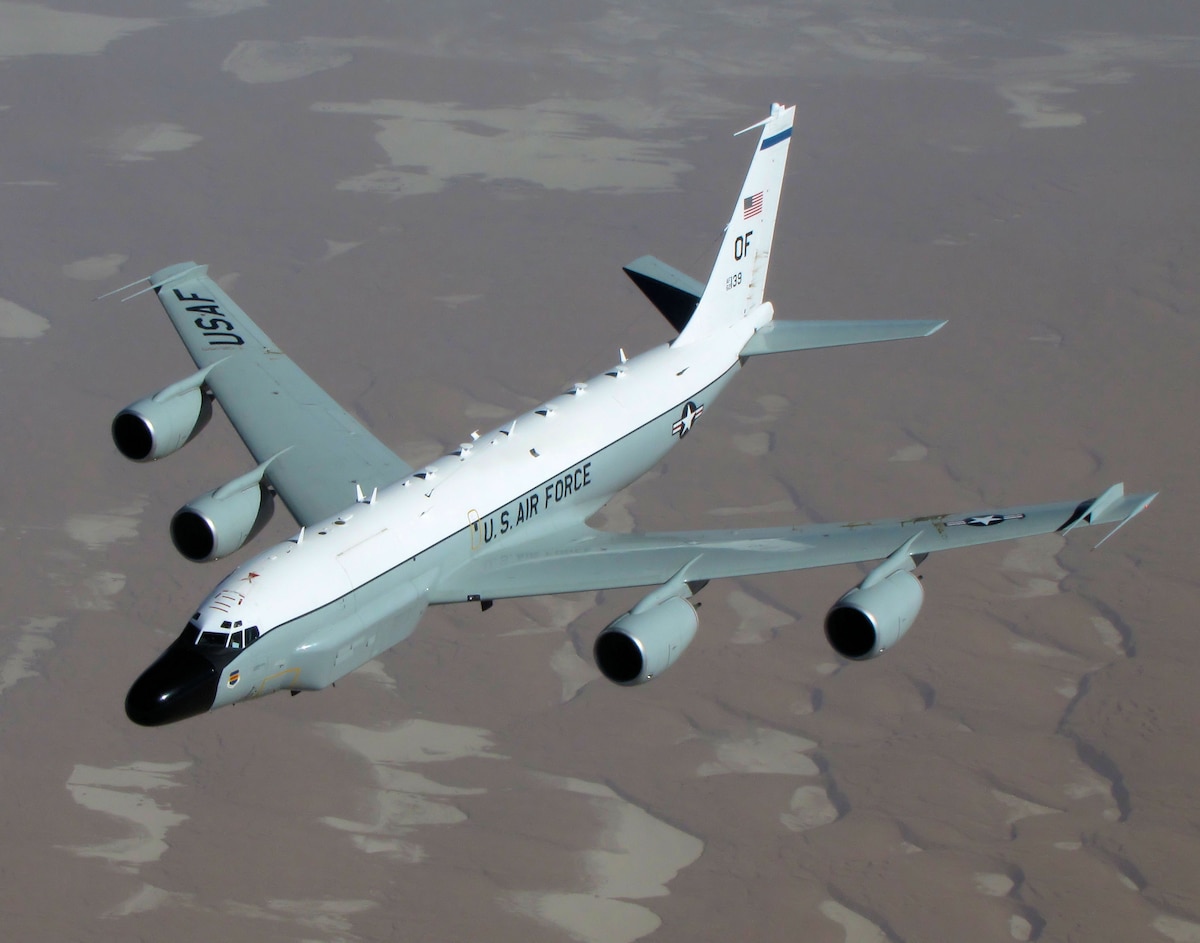According to recent media reports, the US military scored a major victory against China’s People’s Liberation Army (PLA) in an electronic battle when US House Speaker Nancy Pelosi visited Taiwan.
‘Impossible To Intercept’: Meet Russia’s ‘Dagger’ Hypersonic Missile That Putin Is Using To Intimidate NATO
HellFire! A Small Grenade Blows Up Russian Tank Worth Millions Of Dollars; Video Takes Netizens By Storm
The Hong Kong-based South China Morning Post (SCMP) reported on August 14 that Chinese and US forces engaged in reconnaissance and electronic warfare before and after Pelosi’s visit to Taiwan, in which China lost.
China’s state-owned broadcaster CCTV reported that the PLA Navy and PLA Air Force conducted “full tracking and surveillance” against the US Air Force transport aircraft flying Pelosi and her delegation from Kuala Lumpur to Taipei on August 2.
The purpose of tracking was “deterrence,” according to PLA Major General Meng Xiangqing of the PLA National Defense University, cited by CCTV. However, PLA’s tracking efforts which involved the J-16D aircraft and a Type 055 destroyer, failed, reported SCMP, citing an unnamed Chinese military source.

“The PLA deployed some electronic warfare aircraft such as the J-16D and warships to try to locate Pelosi’s aircraft, but were not successful,” the report said.
“Almost all the PLA electronic warfare equipment couldn’t work because they were all jammed by electronic interference by the American aircraft strike group sent by the Pentagon to escort her.”
Pelosi’s aircraft reportedly took a longer and more indirect route, heading southeast toward the Indonesian part of Borneo. After that, it turned north and flew along the eastern part of the Philippines.

According to He Yuan Ming, an independent airpower analyst, it is not surprising that the Type 055 was not able to detect Pelosi’s aircraft, who noted that “the Type 055 (destroyer’s) radar is said to be 500-kilometer (310 miles),” but its “effective range in the real world would be much less.”
“Couple this with the vast operating area as well as the Type 055’s relative newness both in terms of its hardware (capabilities) and software (crew), there should be little surprise that the PLA (naval) cruiser could not locate (Pelosi’s plane),” Ming told SCMP.
Much-Hyped J-16D Failed?
The J-16D is China’s indigenously developed electronic warfare (EW) aircraft based on the J-16, often touted as a competitor to the American EA-18 Growler.
The aircraft made its first public appearance last year during the Zhuhai Airshow in September 2021, featuring two large EW pods on its wings, designed to disrupt and jam the enemy’s electronic equipment such as radars and communication systems.

EurAsian Times asked Electronic Warfare experts what they thought about the reports of J-16D being jammed by an American aircraft.
“I couldn’t comment on the allegations of the US jamming the J-16D’s equipment as I’m unaware of this incident,” Thomas Withington told EurAsian Times. He explained that the J-16D was probably designed with two specific missions.
“Firstly, to escort strike packages of combat aircraft during their mission and provide tactical electronic warfare to protect the latter against hostile radars and radar-guided weapons,” Withington said.
“The second mission is probably to provide general electronic warfare support to air defense suppression missions at the start of an air campaign. Alongside jamming hostile radars, this could also include jamming hostile communications,” he continued.
“In both respects,” Withington noted, “the aircraft’s (J-16D’s) missions are similar to the Growlers. The extent to which the J-16D and E/A-18G have comparable technologies remains unknown.”
Jyh-Shyang Sheu, an Assistant Research Fellow at the Institute for National Defense and Security Research, based in Taipei, Taiwan, said, “We didn’t know much about the source of the SCMP report, but basically, I believe that the performance of American EA-18G is still much better than the Chinese J-16D.”
“Although we still need more information about the J-16D, with the photos we have seen, the power generation of its jamming pods is questionable,” Sheu further said while noting that in the Growlers, “we can see power generator for the jamming pod.
“The reason is that electronic warfare needs significant power,” he explained, saying that “the sufficiency of power might be a question if the jamming pods of J-16D still need the power from its engines or internal battery pack.”
Also, Sheu said that the US could keep improving its Electronic Counter Measures (ECM) systems with the experiences from global operations or even combat experiences, which could also help the US ECM systems keep their advantage.
Furthermore, EurAsian Times asked Withington to comment on the overall comparison of the US and China’s EW capabilities, in response to which he said that the US currently maintains the lead, but China is catching up fast.
“My hunch is that US EW capabilities at large currently remain ahead of China’s,” said Withington while noting that the “levels of scientific research, development, and industrialization remain strong in the US. A glance at a global university ranking table and the place of US scientific/technical universities indicates the country’s acumen.”
“That said, I would wager China is catching up fast. The country is pouring significant investment into its scientific base, particularly in technologies essential to EW like artificial intelligence,” Withington further said.
He also noted that China is strongly suspected of industrial and conventional espionage to enrich its scientific knowledge for strategic advantage. “In a nutshell, the US and allied nations cannot and should not take their current lead in electronic warfare for granted,” Withington concluded.
US, Japan, Taiwan Team Up Against China?
After Pelosi’s Taiwan visit ended, the Chinese military launched military drills in waters surrounding Taiwan.
The drills that lasted nearly a week demonstrated the PLA’s ability to cut off Taiwan’s ports, attack its most critical military facilities, and block access for outside forces that might come to the island nation’s aid.
On the second day of these military drills, seven US reconnaissance planes were spotted operating close to Taiwan, which included an RC-135V Rivet Joint electronic surveillance aircraft, RC-135S Cobra Ball measurement, and signature intelligence aircraft, three US Navy P-8A Poseidon patrol and reconnaissance aircraft, one USAF Boeing E-3G Sentry airborne early warning and control aircraft and one Lockheed U-2S high altitude reconnaissance aircraft.
PLA Exercises Day 2: US military strengthens aerial ISR operations around Taiwan island, at least 1 RC-135S, 1 RC-135V, 3 P-8As, 1 E-3G, 1 U-2S are on the spot, supported by 6 KC-135 tankers, August 5. #Pelosi #Taiwan pic.twitter.com/VlzRE7qUeN
— SCS Probing Initiative (@SCS_PI) August 5, 2022
Andrei Chang, editor-in-chief of Canada-based Kanwa Asian Defense, noted that these surveillance aircraft must have picked up the activity of PLA Navy’s submarines in waters off Taiwan, during the exercises, despite both sides having maintained silence over the participation of the vessels in the war games.
Furthermore, Chang believes that the US was involved behind the scenes in Japan and Taiwan during these military drills, drawing attention to the ballistic missiles fired by China.
Taiwanese authorities reported that the PLA had fired 11 ballistic missiles into waters to the north, south, and east of the island. At the same time, Japan said that five of those missiles ended up in its Exclusive Economic Zone (EEZ).

However, China did not reveal how many ballistic missiles it had launched. Therefore, Chang told SCMP that “Taipei and Tokyo’s announcement could be seen as a warning to the mainland that they can detect and track the PLA missiles, which is part of the electronic warfare tactics.”
According to Chang, the missile could have been tracked by the Leshan radar station in Hsinchu county in Taiwan, operating since 2013.
The radar is said to be capable of detecting a missile launch from as far as 5000 kilometers and tracking missiles effectively, even from a distance of 2000 kilometers which covers mainland China and the entire South China Sea.
When asked about the role of the radar station Leshan in tracking Chinese ballistic missiles, Sheu said, “the Pave Paws radar in Leshan is, of course, one of the most important radar systems which Taiwan owns. However, Taiwan does also have many different radar and detection systems which could support detecting and tracking missiles.”
“I would say the whole system integrated and works well, that gives Taiwan the ISR capability to keep high situation awareness,” Sheu further explained.
The unnamed Chinese military source told SCMP that the PLA and US military were interested in testing each other’s electronic warfare (EW) strengths, noting that during the Taiwan strait crisis of 1995-96, American forces jammed almost all the PLA’s military radar systems during its missile tests.
“That’s the key reason that prompted China to develop its own BeiDou Satellite Navigation System,” the source said, adding that both sides were keen to size up the other’s strength in the area.
“China and the US wanted to examine each other’s electronic warfare capabilities this time. The PLA is keen to ensure its technology is strong enough to cope with a possible Taiwan contingency.”
- Contact the author at tanmaykadam700@gmail.com
- Follow EurAsian Times on Google News




